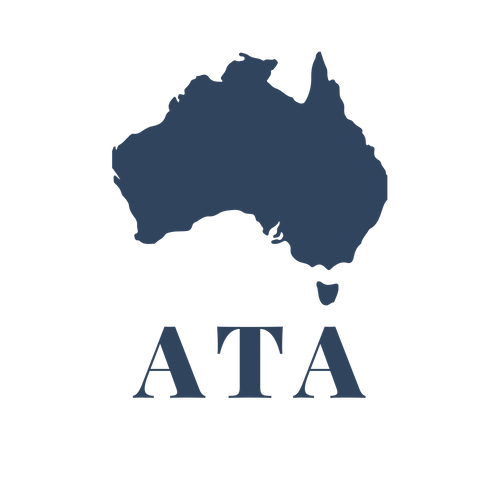No income tax for the working poor
Our current tax system means that individuals earning up to $38k are both paying tax to the government while also receiving welfare, while families earning up to $67k are caught in the same pointless cycle of tax-welfare churn. Not only is this churn wasteful and pointless, but it is also economically damaging.
Some low-income working families face effective marginal tax rates (EMTR) over 90%, which means that for each $100 they earn they can keep less than $10 while over $90 goes to the government in lost welfare and income tax. Suffice to say, this creates a strong disincentive against productivity, and traps some people in a cycle of poverty where there is little reward for putting in more effort.
The solution is to remove income tax from low-income workers so that they aren’t caught both paying tax and losing welfare at the same time. Our current tax system has a nominal tax-free threshold of $18,200. This is far too low.
The ATA low-income tax proposal:
Our current income tax system nominally charges 16% on income between $18,200 and $45,000 per year. This entire tax bracket should be removed, which would effectively increase the tax-free threshold up to $45,000 per year.
To avoid a large hit to the budget, this should be achieved incrementally by reducing the 16% tax rate by one or two percentage points each year until the tax bracket has been abolished.
Further increase the tax-free threshold to $50,000 per year, and then index that threshold to average wages.
Once completed, this proposal would mean that all Australians who earn on or under the full-time minimum wage of $47,627 are not required to pay any income tax. They would not be caught in the pointless tax-welfare churn, and the EMTRs for the working poor would reduce by 6-21% (depending on their exact situation).
This tax cut would benefit all taxpayers, but the percentage impact will be particularly large for low-income families. A worker on $40k per year would see their after-tax income increase by over 10%, while a worker on $100k per year would see a 5% increase in their after-tax income.
The ATA has run this proposal through our Behavioural Tax Model to calculate the impact on the economy and budget. The total impact of the reform on the 2025/26 budget would be:
Increased GDP of +$8 billion per year
Saving to taxpayer of +$45.5 billion per year
Budget cost of -$42.5 billion per year
The difference between the tax saving to taxpayers and the budget cost to the government is due to the larger economy, which means slightly more tax revenue and slightly lower welfare payments for the government.
The government would likely baulk at such a large budget impact in one year, but this proposal becomes significantly more realistic if done incrementally. Cutting the bottom tax rate by one percentage point would have the following impact in 2025/26:
GDP increase by +$0.5 billion per year
Saving to taxpayer of +$2.8 billion per year
Budget cost of -$2.6 billion per year
This represents a meaningful benefit to taxpayers, at a cost that falls easily within the existing budget constraints and less than the tax increase caused by bracket creep each year.
To put this $2.6 billion annual tax cut into perspective, total income tax revenue is projected to increase by $17 billion between 2024/25 and 2025/26, and then by another $20.7 billion between 2025/26 and 2026/27. Our income tax burden is rising sharply due to ongoing bracket creep, and even with an extra $2.6 billion tax cut each year that would continue to be true.
